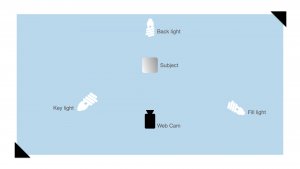Isn’t coaching too expensive and just for the leadership?
The value of supporting your managers with a coach is now undeniable, it is in fact the development mechanism of choice for most C Level executives and senior managers. It’s also increasingly desired amongst middle management too.
According to Harvard the top three reasons that coaches are being engaged are to:
- Develop high potentials or facilitate transition (48%).
- Act as a sounding board (26%).
- Address derailing behavior (12%).
The benefits are multiple. Coachee’s will speak of being helped towards great action against their goals; increasing resilience and the ability to handle pressure; improvements in contentment and job satisfaction; being able to contribute in increasingly effective ways; more ownership and accountability; improvements in being able to work with a wider range of people effectively and a greater ability to communicate in a powerful way. This is just the tip of the iceberg, the ICF in 2009 proposed that 80% of people who receive coaching report increased self-confidence, and over 70% benefit from improved work performance, relationships, and more effective communication skills. 86% of companies report that they recouped their investment on coaching and more. These are astonishing returns on investment.
When all is said and done, coaching is a phenomenally effective way of developing your people and creating organisational competitive edge, yet there still seems to be some reluctance in engaging coaching at the middle management level; unless it’s to address ‘derailing behaviours’. In those situations it can often be ‘tried’ as a last resort in facilitating individual changes of behaviour rather than being an intervention of choice.
The truth is, coaching at middle management can deliver benefits way beyond the investment. Yes, it’s sometimes true you can ‘train’ a whole team for the cost of one individuals coaching stream, but individual transformational change is always better facilitated via coaching (and I’m writing this from the perspective of 22 years of being the trainer!). In 2022 Harvard are saying the median hourly cost of coaching is just £370 ($500), so in the grand scheme of things, it’s not at all expensive, especially when you look at the benefits.
Supporting your managers with a coach is way more accessible than you may think. It’s certainly something you ought to consider seriously if you are responsible for organisational development in some way. In a sense, nobody needs coaching, you can get through life without it, but if someone wants it, then it can be transformational! Here are ten questions you can ask your middle managers to ascertain their appetite for coaching:
- Are there any boundaries that are limiting your progress or ability to achieve?
- Are you struggling for ideas about how to breach the next performance frontier?
- Are their relationships within your network that are proving challenging?
- Do you want to aspire to a new level?
- Are there patterns of behaviour that are limiting your potential?
- Are you in too much of a comfort zone?
- Are you up for a new challenge?
- Do you seek higher quality, achievement, results?
- Do you need to problem solve with greater confidence?
- Has the dynamic shifted in some way leaving you struggling to find your feet?












